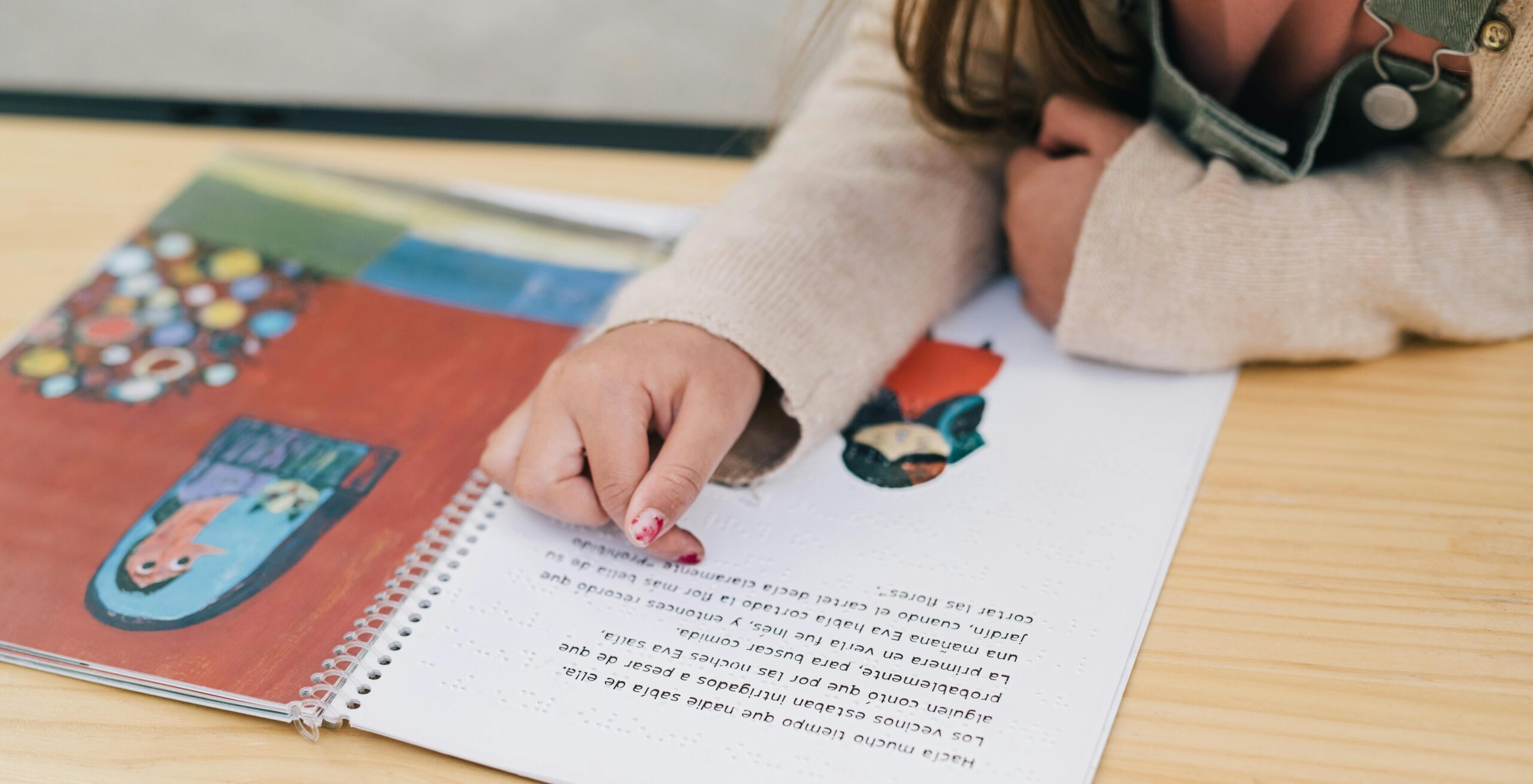Why Folktales Are Important in Child Development
Stories have been part of childhood for generations, and folktales hold a very special place. Passed down from one generation to another, they carry life lessons, moral values, and cultural traditions in the most engaging way. When shared with children, these stories do far more than entertain — they shape minds, hearts, and imaginations.
The Magic of Storytelling in Childhood
Children are naturally drawn to stories. Through them, they explore worlds beyond their own, meet fascinating characters, and learn about human emotions. Traditional stories, especially those rooted in culture, can nurture empathy and curiosity. This isn’t just entertainment; it’s a gentle way to build life skills.
Folktales and Moral Lessons
One of the strongest gifts these stories give is moral guidance. Tales of kindness, bravery, honesty, and perseverance teach children about right and wrong without feeling like a lecture. When a child hears about a hero who chooses honesty over riches, the message lingers far longer than a simple rule.
Connecting Kids to Their Roots
In our fast-paced digital age, cultural tales help children connect with their heritage. Whether it’s an age-old story about a wise village elder or a magical forest adventure, these narratives keep traditions alive. Children learn where they come from, and that sense of identity strengthens their confidence.
For a delightful collection of children’s stories and creative books, explore Talebee’s online store.
Boosting Creativity and Imagination
Folk narratives encourage children to think beyond what they see. Imagining talking animals, enchanted objects, and mythical lands stimulates creativity. This kind of imaginative thinking benefits problem-solving skills later in life.
Building Language and Listening Skills
Hearing and retelling traditional stories helps children expand their vocabulary, improve listening abilities, and learn sentence structure. This is why storytelling sessions are a timeless part of early learning.
Teaching Cultural Respect and Understanding
When children hear stories from different communities and countries, they learn to appreciate diversity. Cultural tales often reveal values, traditions, and customs from around the world, helping kids develop a broader worldview.
How to Introduce Folktales to Children
Parents and teachers can bring folk stories to life in many ways. Reading aloud before bedtime is a classic approach, but acting out scenes or using puppets can make them even more engaging. Pairing the tale with art or craft activities helps kids connect the story to a tangible experience. For older children, encouraging them to retell the story in their own words builds confidence and communication skills.
Why Kids Still Need Folktales in the Digital Age
Even with streaming shows, video games, and social media, traditional storytelling holds an irreplaceable charm. Unlike fast-paced entertainment, these stories invite children to slow down, listen, and imagine. They also allow for meaningful interaction between the storyteller and the listener — something technology can’t fully replace. Folktales remain a gentle reminder that wisdom often comes wrapped in simple words.
Emotional Growth Through Stories
Folk narratives often explore themes like loss, friendship, hope, and courage. By experiencing these emotions through characters, children learn to process feelings in a safe way. It also opens up conversations between parents and kids about deeper topics.
Encouraging Family Bonding
Storytelling is also a wonderful way to strengthen family connections. Parents, grandparents, and siblings can share tales, creating memories that children cherish for years. This shared time fosters love, trust, and open communication.
Conclusion
Folktales are more than just bedtime stories — they are powerful tools for shaping a child’s mind and heart. They teach life lessons, spark creativity, and keep cultural traditions alive. In a world full of distractions, these timeless tales remind us of the importance of values, imagination, and connection.




